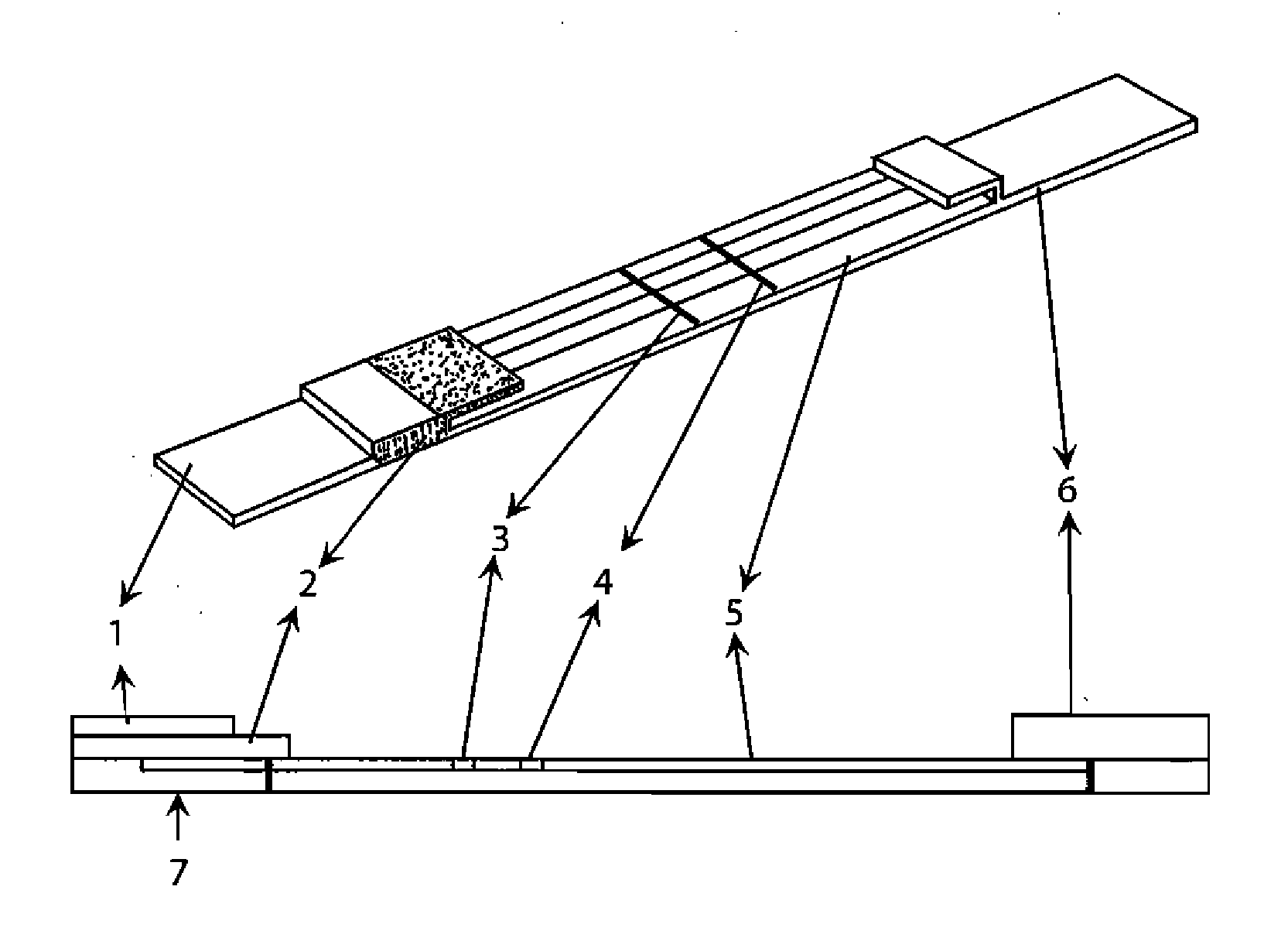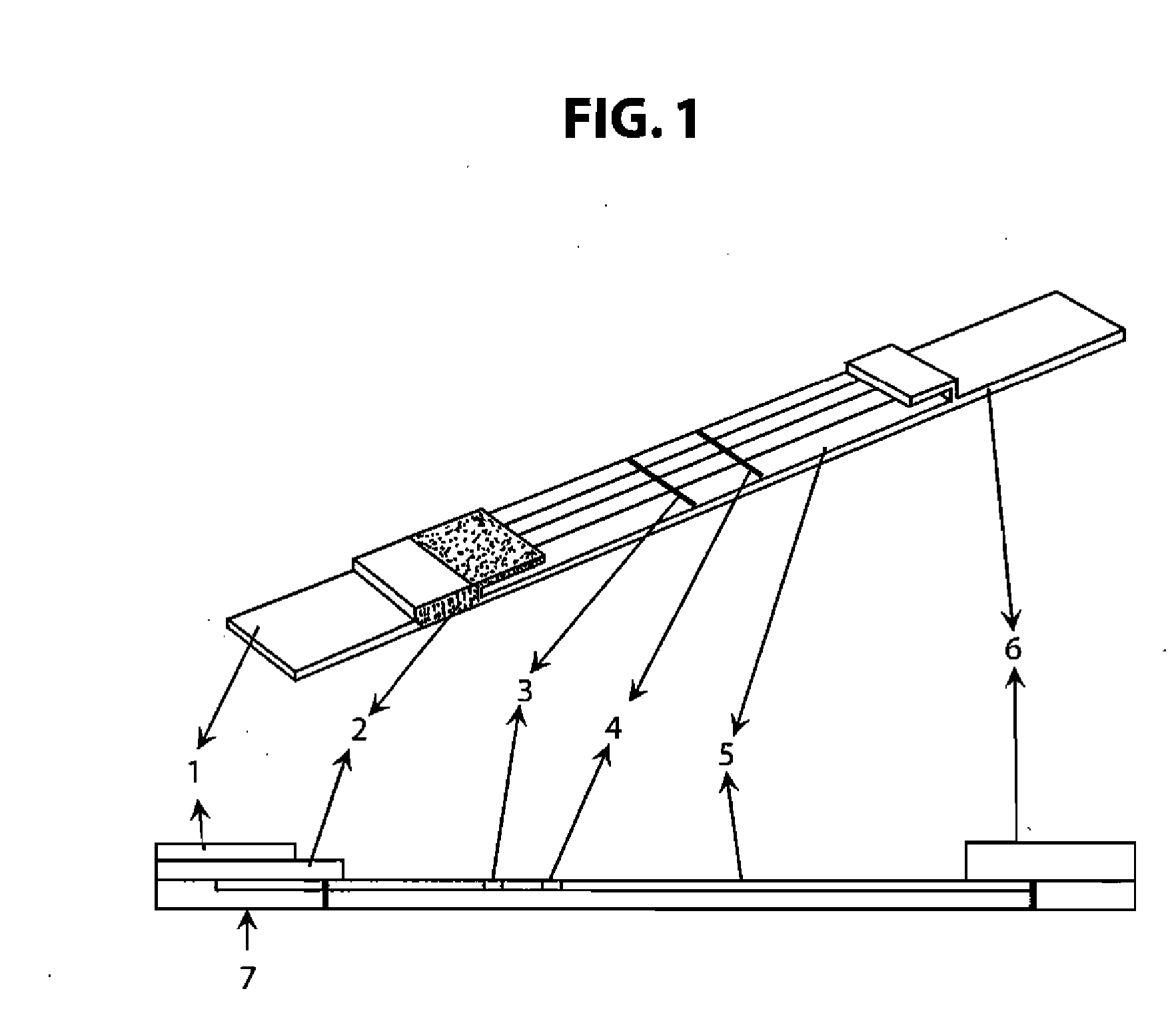Method for diagnosing colon cancer
a colon cancer and diagnostic kit technology, applied in the field of colon cancer diagnostic methods and diagnostic kits, can solve the problems of many results reported on colon cancer, patients tend to hesitate to take examinations, and conventional cancer diagnosis methods such as tissue examination, endoscopy or ct (computerized tomography) scans, etc., to achieve high reliability and validity.
- Summary
- Abstract
- Description
- Claims
- Application Information
AI Technical Summary
Benefits of technology
Problems solved by technology
Method used
Image
Examples
example 1
Screening of Colon Cancer-Specific Genes
[0034] The tissues analyzed were consisting of 6 normal brain (BN), 19 brain cancers (BAI), 8 normal colon (CN), 38 microsatellite stability-type colon cancers (CMSS), 13 microsatellite instability-type colon cancers (CMSI), 10 normal lung (LN), 37 lung cancers (LI), 7 normal pancreas (PN), 8 pancreas cancers (PT). Tissues samples were homogenized in the presence of Trizol reagent (Life Technologies, Inc., USA) and total cellular RNA was purified according to manufacturer's procedures. RNA samples were further purified using RNeasy spin columns (Qiagen, USA). RNA quality of the lung and ovary tumors was assessed by 1% agarose gel electrophoresis in the presence of ethidium bromide. Samples that did not reveal intact and approximately equal 18S and 28S ribosomal bands were excluded from this experiment. This experiment used commercially available high-density microarrays (Affymetrix, USA) that produced gene expression levels on 7129 known gene...
example 2
Western Blot Analysis
[0037] From colon cancer-specific genes in Example 1, genes encoding extracellular proteins, X14253 (TDGF1), L21998 (Mucin 2) and U33317 (defensin α6), were selected, and Western blot analysis for blood samples from a colon cancer patient, normal human and other cancer patient was accomplished by using an antibody specifically conjugated with proteins expressed by the said genes as follows:
[0038] Serum was first separated from the blood of patients, who donated normal and cancer tissues in Example 1, and subjected to 10% SDS-polyacrylamide gel electrophoresis, and then transferred to PVDF membrane by electrical means. The PVDF membrane was blocked by incubation for 12-14 hours in a blocking buffer (3% bovine serum albumin, 0.05% Tween 20 in PBS) to reduce non-specific binding of proteins transferred to the membrane. Subsequently, the blocked PVDF membranes were incubated for 2 hours at room temperature with anti-TDGF 1 rabbit polyclonal antibody (Biocat, Germa...
example 3
Preparation of ELISA Kit for Diagnosing Colon Cancer and Analysis of Blood Sample Using the Kit
PUM
| Property | Measurement | Unit |
|---|---|---|
| Fraction | aaaaa | aaaaa |
| Fraction | aaaaa | aaaaa |
| Fraction | aaaaa | aaaaa |
Abstract
Description
Claims
Application Information
 Login to View More
Login to View More - R&D
- Intellectual Property
- Life Sciences
- Materials
- Tech Scout
- Unparalleled Data Quality
- Higher Quality Content
- 60% Fewer Hallucinations
Browse by: Latest US Patents, China's latest patents, Technical Efficacy Thesaurus, Application Domain, Technology Topic, Popular Technical Reports.
© 2025 PatSnap. All rights reserved.Legal|Privacy policy|Modern Slavery Act Transparency Statement|Sitemap|About US| Contact US: help@patsnap.com


